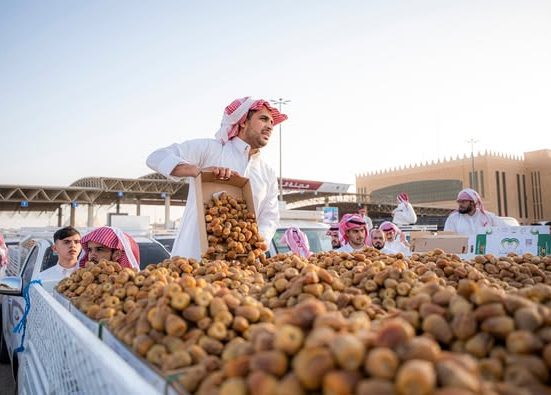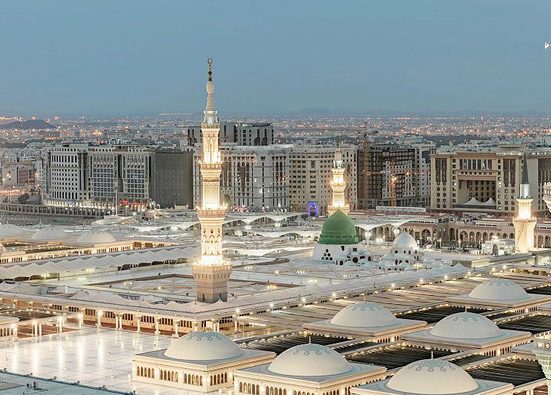As the New Islamic Year 1447 AH dawns, the holy city of Makkah once again witnessed the revered ceremony of replacing the Kiswah—the exquisite black and gold covering of the Ka’abah. This spiritual tradition, held shortly after the Isha prayers, serves not only as a renewal of the sacred cloth but as a powerful symbol of continuity, devotion, and reverence in the Islamic faith.
The newly crafted Kiswah is the result of nearly a full year of painstaking labour and artistry, having taken approximately 11 months to complete at the renowned King Abdulaziz Complex for the Manufacturing of the Ka’abah’s Kiswah in Makkah. The monumental task involved a dedicated team of engineers, artisans, and calligraphers working under the highest standards of quality control, with the covering undergoing thorough inspection at every single stage of its production to ensure flawlessness in both form and spirituality.
Weighing an impressive 1,415 kilograms, the Kiswah consists of 47 separate pieces of high-quality black silk. These pieces have been beautifully hand-embroidered with 68 verses from the Holy Qur’an using threads of pure gold and silver, lending a rich spiritual and visual depth to the cloth that drapes Islam’s holiest structure. The verses are elegantly positioned across the panels, particularly on the belt (Hizam), which encircles the Ka’abah near the top, as well as on the curtain covering the door, known as the Burqu’.
Every element of the Kiswah’s design has significance—from the materials to the placement of the verses—carefully preserved over generations while benefitting from modern technological precision. The King Abdulaziz Complex is the only institution of its kind globally, dedicated solely to this sacred task. It employs more than 200 craftsmen and specialists who oversee various stages including dyeing, weaving, calligraphy, and gold thread embroidery.
The ceremonial changing of the Kiswah, which was traditionally carried out during the Hajj pilgrimage on the Day of Arafah, now takes place on the eve of the Islamic New Year. This adjustment was introduced to allow for smoother logistics and greater reverence, away from the massive crowds of Hajj. It also symbolically aligns the physical renewal of the Ka’abah’s cloth with the spiritual renewal of Muslims around the world entering a new Hijri year.
As the new Kiswah now rests on the Ka’abah’s sacred structure, it reflects not only the excellence of Islamic art and engineering but also the deep-rooted traditions that continue to unite the global Muslim Ummah in admiration and faith.






